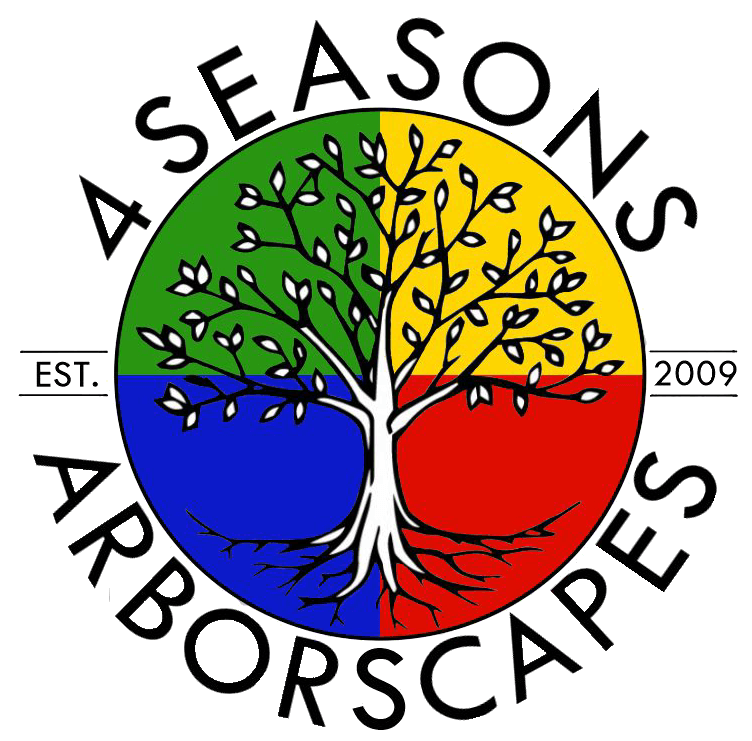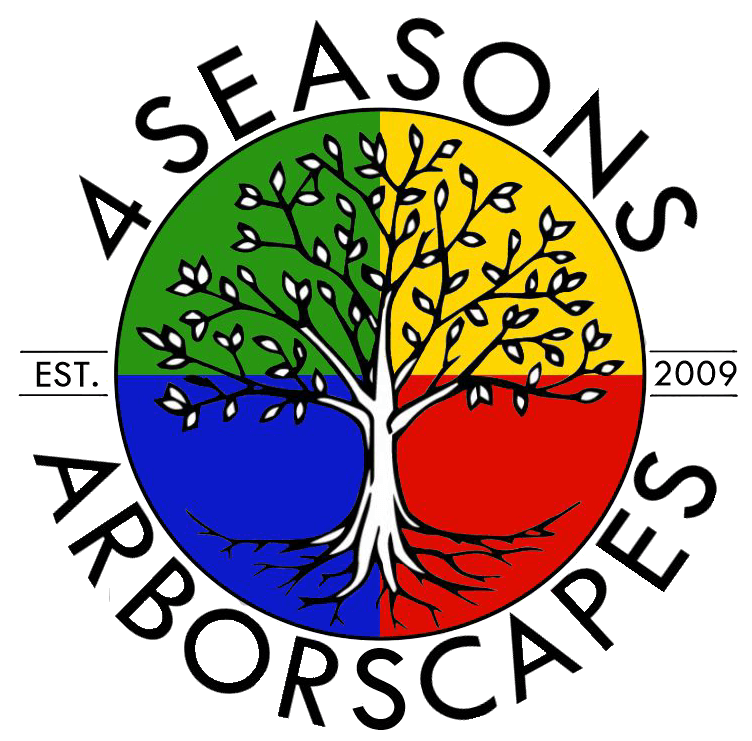The Lingonberry: Care, Growing & Cooking with Cranberry's Cousin
What is a Lingonberry?
The lingonberry bush (Vaccinium vitis-idaea), also known as the cowberry or mountain cranberry, is a small, evergreen shrub that belongs to the heath family (Ericaceae). This low-growing plant is native to Northern Europe, Asia, and North America and is known for its distinctive, red berries.
The lingonberry bush is a small, petite shrub with trailing stems that can reach heights of 4 to 16 inches. The leaves are elliptical, glossy, and dark green, and they remain on the plant throughout the year. Lingonberry bushes produce small, bell-shaped, pink or pale red flowers in late spring to early summer. The flowers are typically urn-shaped and hang in clusters. The berries are round, about 0.2 to 0.4 inches in diameter and have a bright red color. They mature in late summer to early autumn.
Lingonberries are widely used in many dishes in Scandinavia, and are celebrated for their versatility and distinct flavor. In fact, lingonberries are used in much the same way that our culture uses cranberries.
How to Care for a Lingonberry Bush
Light Exposure
The Lingonberry prefers partial to full sun. Before planting your lingonberry bush, you will want to determine the best location that meet those requirements on your property. In their native habitats, they often grow beneath the canopy of coniferous trees.
Soil Conditions
Lingonberry bushes thrive in well-draining soil rich in organic matter, such as manure, compost or earthworms. They do best in acidic soil with a pH Level between 4.5 to 5.5.
Planting
The best time to plant Lingonberries is early spring or late fall. By planting in early spring or late fall, the lingonberry bush has time to establish its root system before the active growth period in spring or before the dormant winter period. This increases the plant's chances of survival and promotes healthier growth.
Watering
Keep the soil consistently moist but not waterlogged, especially during the growing season. Mulch around the base of the plants to retain moisture and suppress weeds.
Fertilizing
Fertilize lingonberries with an acidic fertilizer formulated for acid-loving plants in early spring before new growth appears. Follow the manufacturer's instructions for application rates.
Pruning
Prune lingonberry bushes in late winter or early spring before new growth begins. Remove any dead, diseased, or damaged branches. Pruning stimulates the growth of new shoots and encourages the development of fruit-bearing branches. By selectively pruning older branches, you can promote the growth of younger, more productive wood.
Pollinating
Lingonberries are partially self-pollinating, but they benefit from cross-pollination by bees. Having multiple lingonberry bushes in close proximity can enhance fruit production.
Harvesting
Lingonberries are typically ready for harvest in late summer to early fall. Harvest the berries by hand-picking them when they are fully ripe and deep red in color. Be gentle to avoid damaging the plants.
Winter Care
Mulch around the base of the plants with straw or leaves to protect the roots from freezing temperatures during the winter months. If desired, you could cover the bush with a semi-opaque material to protect foliage and branches from freezing, however this is not necessary.
Conclusion
These hardy and versatile plants offer not only a beautiful addition to your landscape but also a delicious bounty of tart and nutritious berries. Lingonberries are rich in antioxidants, vitamins (particularly vitamin C), and other beneficial compounds. They are believed to have various health benefits, including supporting immune function and providing anti-inflammatory properties.
In some regions, lingonberry bushes are part of conservation efforts to restore and protect heathland and peat bog ecosystems. The plants contribute to biodiversity and provide habitat for wildlife. In regions where lingonberries grow abundantly in the wild, there is often a tradition of sustainable harvesting. Berries are collected by hand, and efforts are made to ensure the continued health of lingonberry populations.
Whether grown for their tart and flavorful berries or for their role in landscape design and conservation, lingonberry bushes are appreciated for their adaptability to cold climates and their ability to thrive in challenging environments. By providing the right growing conditions, regular maintenance, and proper care, you can enjoy a plentiful harvest year after year.
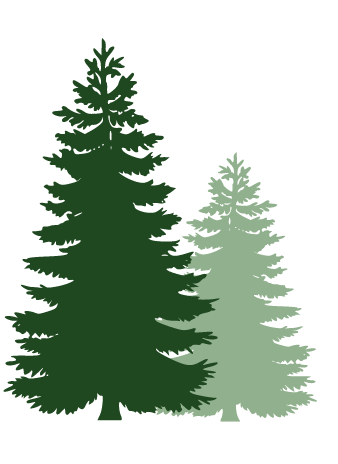
Sign up for monthly newsletters!
From easy tree care practices to fun DIY projects, we've got something for everyone.
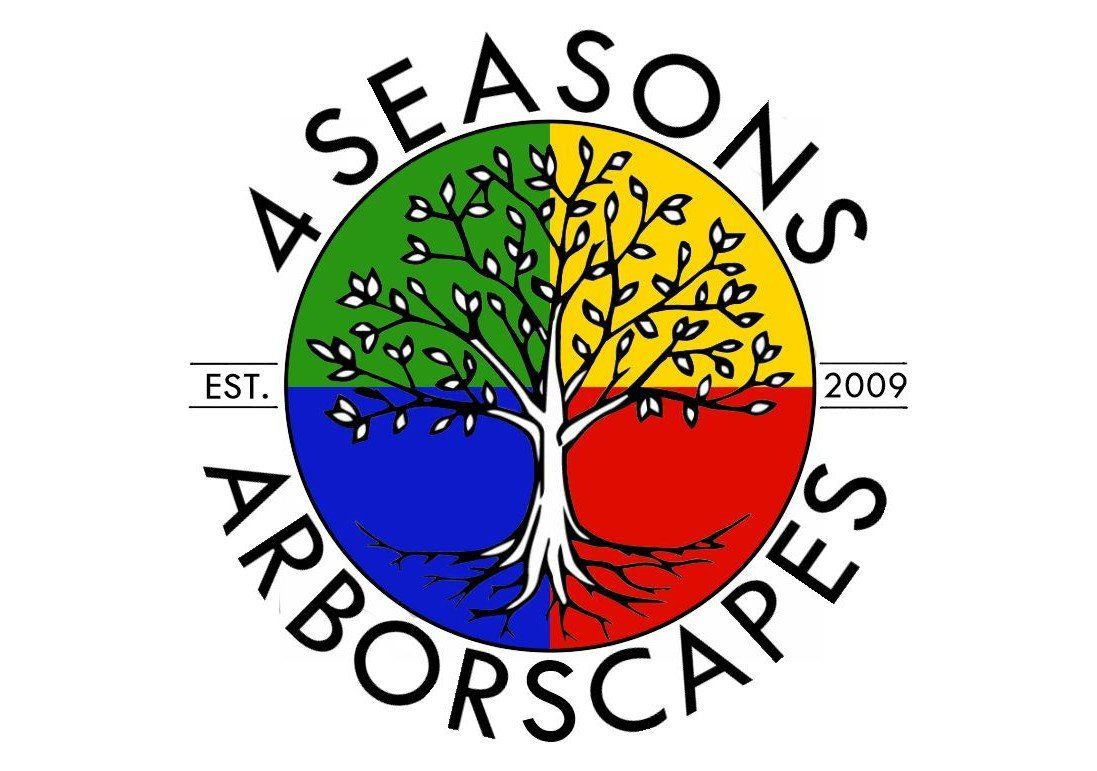
Interested in what we can do for you?
Call us at 610-648-0404 or book an appointment online.

Sign up for monthly newsletters!
Get our latest articles, delivered right to your inbox. No spam, ever.
Check out the latest...
Sign up for monthly newsletters!
From easy tree care practices to fun DIY projects, we've got something for everyone.
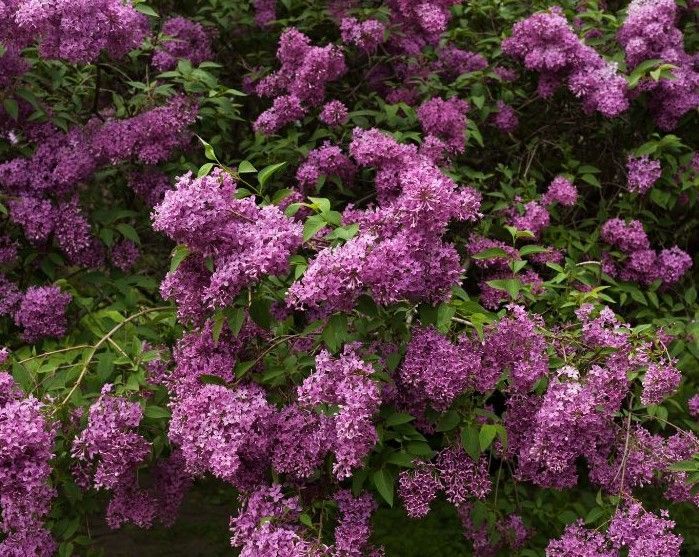

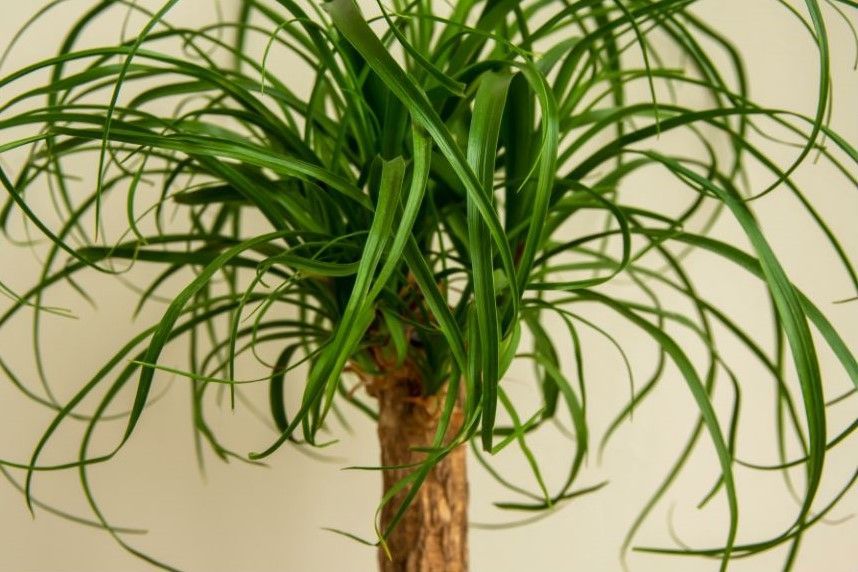



WHAT WE DO
WHO WE ARE
Join the Tree Society newsletter
Get monthly articles on the latest in the tree care industry, curated by people deeply passionate about environmental stewardship.
We use cookies to ensure that we give you the best experience on our website.
